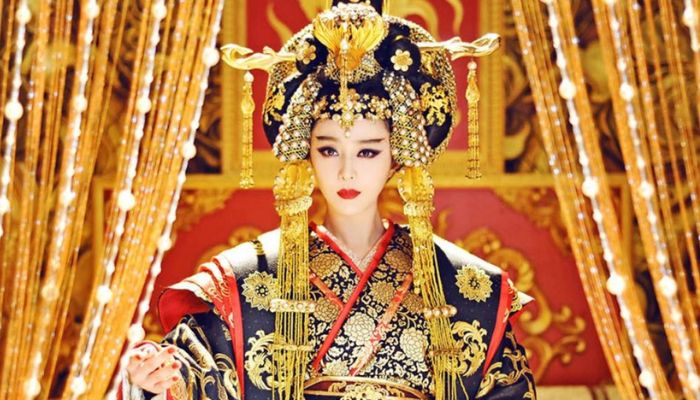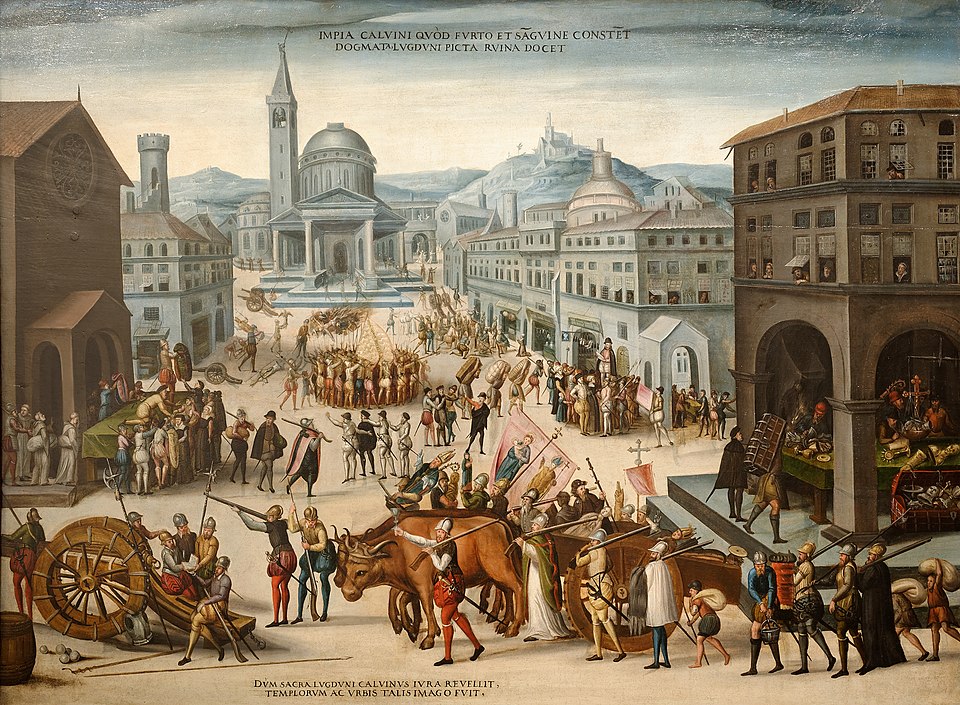WU ZETIAN, The Wealthiest Woman in Ancient China

Did you know that Wu Zetian, a renowned historical figure in China, surpassed in wealth today’s world's five richest individuals: Elon Musk, Bernard Arnault, Jeff Bezos, Larry Ellison, and Mark Zuckerberg, combined?
Wu Zetian (Wu Zhao) born 17 February 624 and who lived till 16 December 705 was the first and only female emperor in Chinese history, and de facto ruler of the Tang dynasty from 665 to 705, ruling first through others and then (from 690) in her own right. From 665 to 690, she was first empress consort of the Tang dynasty (as wife of the Emperor Gaozong) and then, after his death, empress dowager (ruling through her sons Emperors Zhongzong and Ruizong).
Unprecedented in Chinese history, she subsequently founded and ruled as female emperor of the Wu Zhou dynasty of China from 690 to 705. She was the only female sovereign in the history of China widely regarded as legitimate. Under her 40-year reign, China grew larger, becoming one of the great powers of the world, its culture and economy were revitalized, and corruption in the court was reduced.
This formidable historical figure, renowned as Empress Wu, is regarded as the wealthiest woman of her era, with some historians even claiming that she is the richest woman in recorded history. Her estimated net worth is an astounding USD 16 trillion, surpassing the combined wealth of modern-day tycoons such as Elon Musk (USD 210 billion), Bernard Arnault (USD 206 billion), Jeff Bezos (USD 181 billion), Larry Ellison (USD 142 billion), Mark Zuckerberg (USD 141 billion) and others as of January 31, 2024.
To put this in perspective, Empress Wu’s wealth eclipses that of the contemporary business magnates, marking her as an unparalleled figure in accumulated riches. According to a South China Morning Post (SCMP) report, she was born in 624 AD in Shanxi Province, and hailed from a privileged background as the daughter of a prosperous timber merchant. Her father’s close association with Li Yuan, who eventually ascended to become Emperor Gaozong of Tang, played a pivotal role in shaping her destiny.
Fueled by a passion for literature, Empress Wu embarked on a path of education and, at the tender age of 14, commenced her career as a secretary in the Tang Palace, working under Emperor Taizong. The emperor’s passing in 649 AD triggered a customary practice of sending all women associated with him to a Buddhist monastery. However, an intriguing twist unfolded in Empress Wu’s fate. Despite this tradition, she was in a romantic relationship with Emperor Gaozong, the deceased emperor’s son and successor. Within a year, Gaozong intervened in her monastic life, removing her from the convent and elevating her status to that of his concubine.
As Wu solidified her influence within the palace, a bitter rivalry unfolded between her and Empress Wang. According to Chinese sources, Wu, who had given birth to a daughter in 654 (who unfortunately passed away shortly after birth), cunningly shifted blame onto Empress Wang and orchestrated her downfall.
Following the ousting of Empress Wang, Wu ascended to the throne as empress in the year 655. Over the next five years, Emperor Gaozong experienced debilitating migraine-like headaches and vision loss. In response to his ailing health, the king entrusted the governance of his realm to Wu, marking the commencement of her reign.
Historical accounts depict Empress Wu as a highly astute ruler who employed various strategies to secure and retain her power. There are even claims by some historians that she went to the extent of sacrificing her offspring to maintain her grip on authority.
For approximately 15 years, Empress Wu held sway over China, overseeing a period during which the Chinese empire expanded into Central Asia. The reign of Empress Wu was marked by substantial economic growth, particularly in the trade of tea and silk, contributing to the flourishing Chinese economy, as detailed by The China Project.
Empress Wu is considered one of the greatest emperors in Chinese history due to her strong leadership and effective governance, which made China one of the world's most powerful nations. She also engaged in a series of wars on the Korean Peninsula, first allying with Silla against Goguryeo, and then against Silla over the occupation of former Goguryeo territory. Within China, besides the more direct consequences of her struggle to gain and maintain power, Wu's leadership resulted in important effects regarding social class in Chinese society and in relation to state support for Taoism, Buddhism, Confucianism, education and literature.
Wu developed a network of spies to build a strong intelligence system in the court and throughout the empire, delivering daily reports on current affairs of the empire or opposition to the central state. She also played a key role in reforming the imperial examination system and encouraging capable officials to work in governance to maintain a peaceful and well-governed state. Effectively, these reforms improved her nation's bureaucracy by placing competence, rather than family connection, at the centre of the civil service.
Wu also had a monumental impact upon the statuary of the Longmen Grottoes and the "Wordless Stele" at the Qianling Mausoleum, as well as the construction of some major buildings and bronze castings that no longer survive. Besides her career as a political leader, Wu also had an active family life. She was a mother of four sons, three of whom also carried the title of emperor, although one held that title only as a posthumous honor. One of her grandsons became the controversial Emperor Xuanzong of Tang, whose reign marked the turning point of the Tang dynasty into sharp decline. She was removed from power in a coup and died a few months later.
Empress Wu’s opulent and regal lifestyle has been vividly portrayed in numerous cinematic productions, notably the TV series “Empress of China,” featuring Fan Bingbing, which offers a dramatized glimpse into the life of this influential historical 5.
Sources: BusinessDay | Wikipedia
#penglobalhistory



